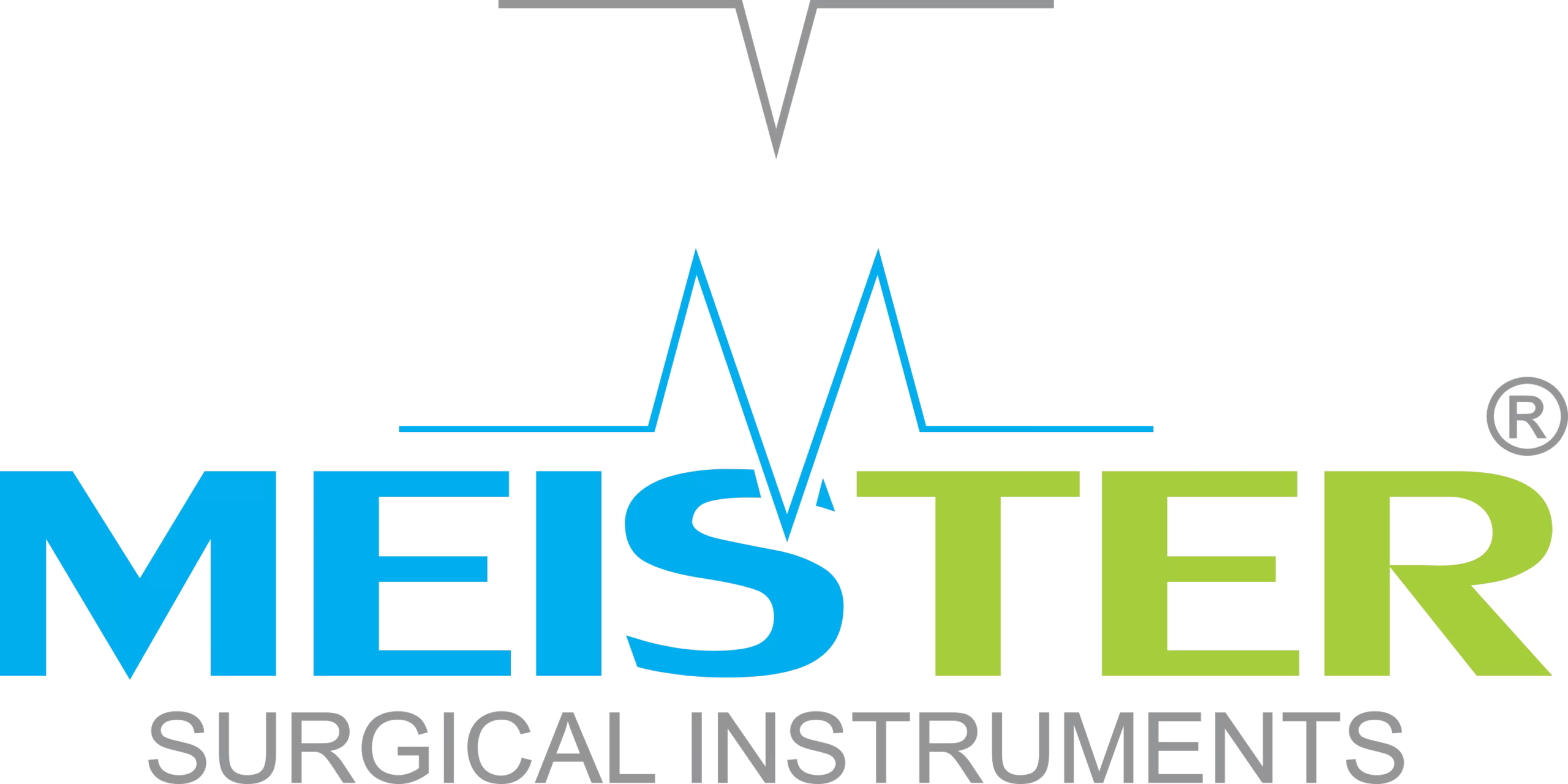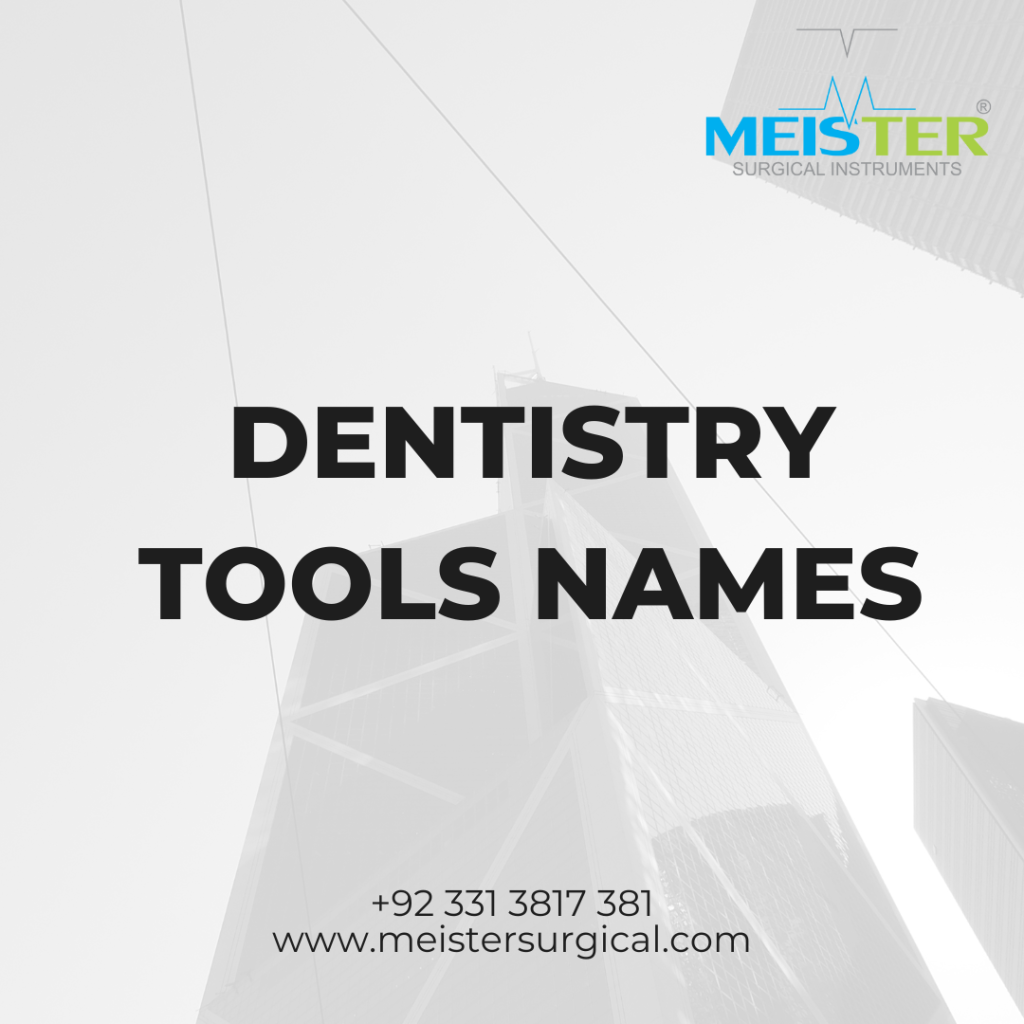Dentistry is one of the most vital branches of healthcare, focusing on oral health, prevention, and treatment of dental conditions. A dentist’s ability to deliver effective care is directly linked to the quality and variety of tools used during examinations and procedures. Understanding dentistry tools names not only helps dental students and professionals but also ensures patients become more aware of the instruments used in their treatment.
In this blog, we will cover the most common dentistry tools names, their functions, and why high-quality dental instruments are critical for successful clinical outcomes.
Why Knowing Dentistry Tools Names is Important
Whether you are a dental student, practitioner, or patient, knowing the names of dentistry tools provides several benefits:
- Professional Training – Dental students must memorize tool names to properly learn techniques and procedures.
- Clinical Precision – Dental practitioners can enhance workflow by quickly identifying and using the right instruments.
- Patient Awareness – Patients who understand the instruments may feel more confident and comfortable during treatment.
- Procurement & Quality – Clinics and hospitals need accurate knowledge of tools when purchasing from trusted suppliers like Meister Surgical.
Common Dentistry Tools Names and Their Functions
Below is a categorized list of essential dentistry tools used in dental clinics, hospitals, and surgical settings.
1. Diagnostic Instruments
These tools help dentists examine the oral cavity and identify issues.
- Mouth Mirror – Provides indirect vision, retracts lips, and reflects light.
- Dental Probe (Explorer) – Detects cavities, calculus, or caries.
- Periodontal Probe – Measures the depth of gum pockets and checks for periodontal disease.
2. Surgical and Operative Tools
Used during restorative or surgical procedures.
- Scalpel – For cutting gum tissue with precision.
- Excavator – Removes soft carious dentin.
- Chisel – Shapes and planes enamel or dentin.
- Dental Drill (Handpiece) – High-speed and low-speed drills used for cavity preparation and shaping.
3. Extraction Instruments
Vital for tooth removal procedures.
- Extraction Forceps – Specifically designed to remove teeth from sockets.
- Elevators – Loosen teeth before forceps are applied.
- Periotomes – Used to cut periodontal ligaments before extraction.
4. Restorative Instruments
Help dentists restore teeth structure after decay removal.
- Amalgam Carrier – Carries and places amalgam in prepared cavities.
- Burnisher – Smoothens surfaces after amalgam placement.
- Condenser (Plugger) – Packs filling material into cavities.
- Composite Placement Instrument – Used in modern aesthetic dentistry for resin-based fillings.
5. Orthodontic Tools
Specialized instruments for correcting alignment.
- Ligature Director – Guides ligature ties around brackets.
- Orthodontic Pliers – Different types such as Weingart pliers, distal end cutters, and bird beak pliers.
- Archwire – The wire connecting braces brackets to move teeth.
6. Endodontic Instruments
For root canal therapy.
- Endodontic Explorer – Identifies canal openings.
- K-Files and H-Files – Used for cleaning and shaping root canals.
- Endo Excavator – Removes pulp tissue.
7. Prosthodontic Tools
Used in dental labs and clinics for prosthetic restorations.
- Impression Trays – Holds impression material to take accurate molds.
- Wax Spatula – For manipulating wax in prosthetic work.
- Articulator – Simulates jaw movement for designing dentures.
8. Periodontal Instruments
Focused on gum treatments.
- Scaler – Removes tartar and plaque from tooth surfaces.
- Curette – Designed for subgingival scaling and root planing.
- Ultrasonic Scaler – Modern tool that uses vibrations to clean teeth.
Importance of High-Quality Dentistry Tools
The efficiency of dental procedures depends heavily on the quality of instruments. Inferior tools can cause discomfort to patients, prolong treatment time, or even compromise outcomes. Choosing reliable suppliers ensures:
- Durability – Instruments that last through repeated sterilization.
- Precision – Sharp edges and ergonomic designs improve control.
- Safety – Reduced risk of cross-contamination or errors.
That’s why many professionals trust Meister Surgical, a leading manufacturer of surgical and dental instruments, for their high-quality and durable products.
👉 Explore a wide range of instruments at Meister Surgical
Global Standards and Recommendations
According to the American Dental Association (ADA), sterilization, proper handling, and quality of instruments are essential in preventing cross-infection and maintaining high standards of care. Dentists are encouraged to use FDA-approved or CE-certified tools to ensure safety and reliability.
Final Thoughts
Knowing dentistry tools names is essential for both professionals and patients. From diagnostic tools like probes and mirrors to specialized surgical and restorative instruments, each tool has a unique role in ensuring effective treatment.
For dental practitioners, investing in high-quality instruments from Meister Surgical means enhanced precision, patient comfort, and long-lasting performance.
If you are looking for durable, well-crafted dental tools, feel free to contact us at info@meistersurgical.com or visit Meister Surgical.

